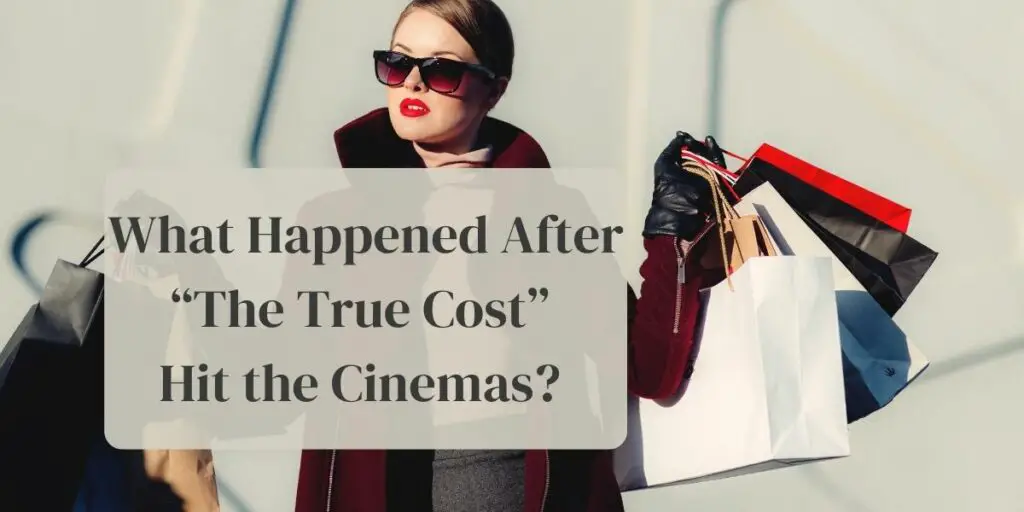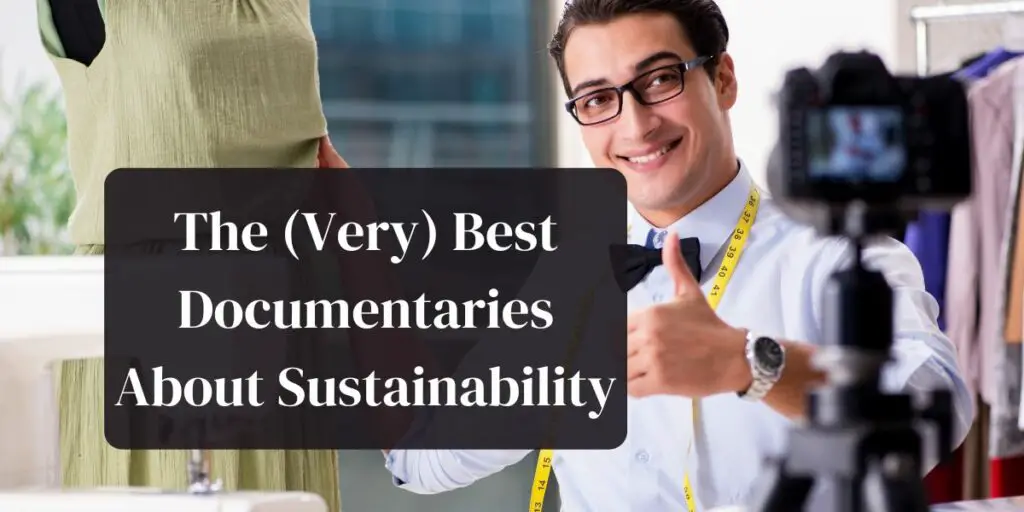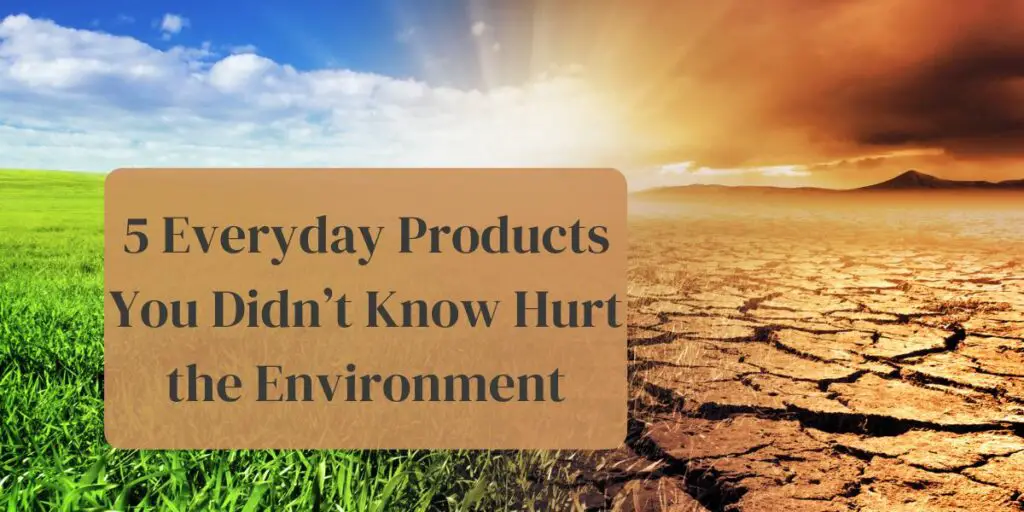Due to the hype and the fact that I owned this website, I felt it was my job to look into a documentary called “The True Cost”. After watching a lot of documentaries about sustainability and green living, I sort of knew what I was going to get from this movie. If you haven’t seen the movie yet, I will give you a quick summary:
But first, the trailer:
Now….let us go straight to the summary.

Table of Contents
- What does “The True Cost” really show?
- So…what happened after “The True Cost” hit the cinemas?
- Then why is no action taken after environmental documentaries?
- Conclusion
What does “The True Cost” really show?
The fashion industry has changed due to customer demand. Where a collection would last somewhere between 2 and 4 months in 1990, it will barely last a month in 2018. In other words: a lot of clothes are being produced only to be thrown out as they are not “the right fashion” 45 days later. Big waste problem.
There have been reported several incidents of people being trapped inside collapsing clothing factories. And who should we blame for this? Well, the owners of the factories do blame the consumers and the big retail chains (Zara, H&M, etc.) that constantly ask for cheaper clothes. Their logic goes like this:
If you want cheaper clothes? Fine, but we have to adjust the working conditions of factory workers in other to make that happen.
Many people have died in India and Bangladesh due to poor maintenance of clothing factories.
In the end, the documentary does not really offer a conclusion. However, I am sure the movie makes intended to make people think about which clothes they buy and how much they end up paying for it.
So…what happened after “The True Cost” hit the cinemas?
Well, if you know the mechanisms of documentaries, you would know that not much has been done. In fact, certain documentaries might work to make the world a better place. But those are mainly targeted towards one single company. When you try to put focus on the whole clothing industry, nothing is going to be changed.
Documentaries that changed companies to the better
In order to explain that further, let me give you some examples:
– “SuperSize Me” had a clear agenda: showing that McDonalds sold unhealthy products. With a budget of barely 65,000 USD, Morgan Spurlock created a movie that literally shocked the world. McDonalds had a strong pressure to respond. And in fact, they did. Their “supersize” menu was immediately removed from their product range, they invested in green initiatives to appear more eco-friendly and created a website called “supersizeme-thedebate.co.uk” to defend themselves.
– A company called SeaWorld had an excellent business idea. Or so they thought. Capturing wild orcas and putting them inside small pools in USA was just the beginning. Furthermore, they trained them to do various exercises for the high-paying audience that came to watch their shows. When the documentary “BlackFish” came out, it totally exposed SeaWorlds` business practices. After years of debate (and a great number of hate messages on their Twitter/Facebook pages), SeaWorld decided to phase out their killer whales shows.
PS! Both documentaries can be found on Netflix.
Then why is no action taken after environmental documentaries?
Because the problem is too huge. You can change one business, but you cannot change the mentality of 1000s of politicians. Or billions of people. Not by making one controversial (but well-documented) documentary. That is why “The True Cost” is not going to play a significant role in how we buy nor produce clothes in the future.
Also read: Top 5 environmental issues right now
An example of this is “The Inconvenient Truth”. Probably the most iconic environment documentary ever created. Back in 2006, climate change was a topic that not many people were paying attention to. Instead of actually taking the words from leading scientists as the truth, people began to make up their own opinions. “Is this really true? We still see cold winters?” and so on.
There are some problems by educating people about environmental issues:
1) Regardless of how much you deny that these issues are real, you will always find (a lot) of people meaning the same thing. It has almost become mainstream to not believe in climate change. Just by seeing the viewing figures of Fox News, you understand that this is something that won’t be changed over the next couple of years.
2) Did you know that most people believed the earth was flat for many hundred years? Despite scientists claiming that it was round, people would not believe it. Why not? Because they could not see it clearly with their own eyes.
The same logic applies to people that do not believe in certain environmental issues. As long as they don’t see the ice melt on the North Pole, global warming does not exist. As long as they do not work in (or close to) clothing factories in Bangladesh, they do not believe that the pollution or social problems are significant. And so on.
Conclusion
“The True Cost” is a decent documentary. All-in-all, it shows how overconsumption and a cynical clothing industry work together to pollute the world. The key takeaway you would get from that documentary is: buy more expensive clothes that have higher quality and probably a more eco-friendly lifecycle.
As I also stated in this article, these documentaries do only provide a limited effect on most people. As most people in the Western world is not directly affected by the negative trend in the clothing industry, people will refuse to change their habits. What you can do is 1) share this article with some friends and/or family members and 2) start to think about what you buy and wear.


